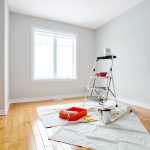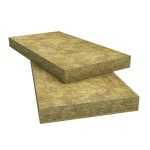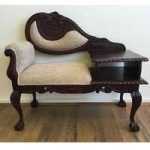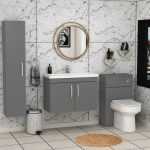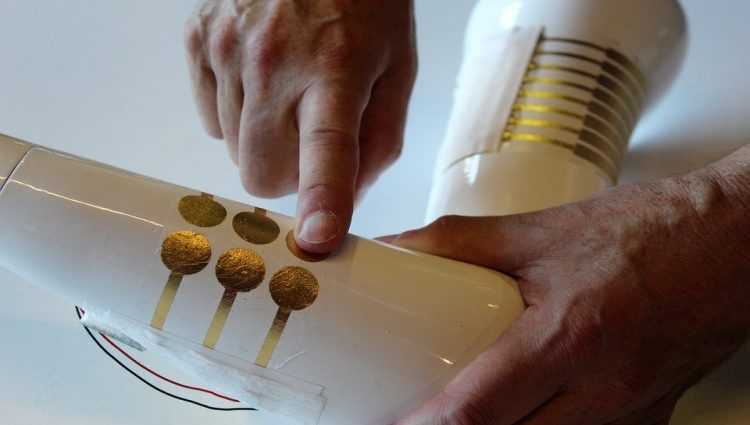How Electrical Works in the house
Perhaps the most important condition for a comfortable stay is the availability of how electrical works in the house. The indefatigable growth of technical progress has led to the fact that now, with a classic set of household appliances in the house, manual labor in everyday life can be minimized. And almost all of these benefits of civilization are powered by electricity. The informational component of a person’s life also depends on it: The Internet, television, telephone. In general, whatever one may say how to draw 3d heart on the wall, but you cannot do without electricity in the house.
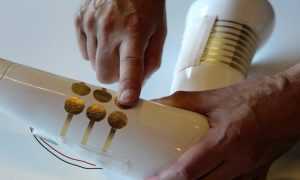
Electricity for the uninitiated
We all know how to use how electrical works appliances – you just need to insert the plug into the outlet. However, not everyone understands the essence of the processes that take place in these very sockets, switches, and wires. In order to begin to understand this in the slightest degree, you need to know some definitions. Let’s try to talk about how electrical works using the example of a heating battery.
Everyone knows how the heating works: hot water enters through a pipe (supply) into the battery under pressure, gives it its heat, and, already cooled, leaves through the second pipe (return).
So, imagine how electrical works that water is a current that flows through a wire just like water through a pipe. The current strength can be considered as the flow rate of water. The potential can be compared to the water pressure at some point in the system, for example, at the inlet of the battery. The voltage can be compared to the difference in water pressure at the inlet and outlet of the radiator. The resistance will be compared with the diameter of the pipe because less water flows through a thin pipe than through a pipe with a large diameter. Well, and the power is comparable to the size or the number of ribs in our battery, the larger the battery, the more it will transfer heat, the greater its power.
To fully understand the process, let us learn to draw a mouse that the heating supply pipe can be compared with a phase wire with alternating current, and a plus with constant current. And, compare the heating return pipe with zero at alternating current, and minus at constant current. As soon as you imagine all this, the mystery of how electrical works will cease to be a mystery. Comparing any light bulb with a battery, and a switch with a tap, you can understand the scheme for building a lighting network. Using the battery as an example, any electrical device plugged into an outlet can be considered, which is compared to the supply and return pipes.
Now let’s complicate things a bit:
Current is a stream of free electrons that move along a conductor. The current always flows from the point with the highest potential to the point with the lowest potential. The current is indicated by the symbol I, and the current is measured in amperes (we represent liters of water). The current can be constant and variable. The direct current, which is in batteries, accumulators, etc., does not change its direction, but the alternating current, which is in the outlet, changes its direction 100 times per second. It flows 50 times in one direction and 50 times in the opposite direction, and therefore its frequency is 50 Hz. Frequency, as we already understood, is measured in hertz (Hz).
Voltage is the difference in how electrical works potential between two points in an electrical circuit for home improvements. The voltage is denoted by U and is measured in volts (v.)
Resistance – Determines how much current can flow through the conductor. A large resistance indicates that little current will flow, a small resistance, on the contrary, will let a lot of current passes. Resistance is denoted R and is measured in ohms (ohms).
Power determines the rate at which electrical energy is transmitted or converted. It is denoted P and is measured in watts (W). Power is equal to the product of current and voltage values.
House or apartment wiring
What should a property owner know when planning a how electrical works installation? First, let’s figure out what it consists of. Let’s divide the how electrical works network of the house into parts:
- Input – a section of the power grid connecting the mains of the how electrical works supplier and the consumer. Simply put, this is a piece of cable (going underground) or wires (overhead line) along which electricity moves from district power grids to your meter or input machine.
- Metering is a familiar electric meter for all of us, which keeps track of the electricity consumed by the consumer.
- Protection – a set of electrical products (fuse plugs, automatic circuit breakers, residual current circuit breakers, differential circuit breakers, arresters), the presence of which protects the electrical network of the house from fire during short circuits, increased network loads, as well as protection of a person from electric shock
- Network – simply put, electrical wiring. Consists of junction boxes and wires that bring electricity to a specific electricity consumption device (lighting lamps, sockets).
All these parts of the power grid must be sized in accordance with the planned loads and regulations. Only a licensed designer can calculate and draw up a project, based on the rules, and calculations. The project will indicate all the data of the materials that should be used when installing the how electrical works network, the wiring diagram, which indicates the location of all elements for home improvement.
Installation of all elements of the power grid is carried out exactly according to the project drawn up and coordinated with the regional power grids. And from the consumer, that is, the owner of the house, in which the wiring will be mounted, only instructions are required on the placement of sockets, switches, and lighting lamps in the house, taking into account the convenient use of such during operation.
Of course, there are times in life when the owner decides to carry out or redo the wiring already carried out himself. And since a person set out to convince him to turn to professionals is difficult, perhaps making such a decision, he is guided by objective reasons. How to correctly make the wiring yourself can be found in a separate article cast of home improvement.

